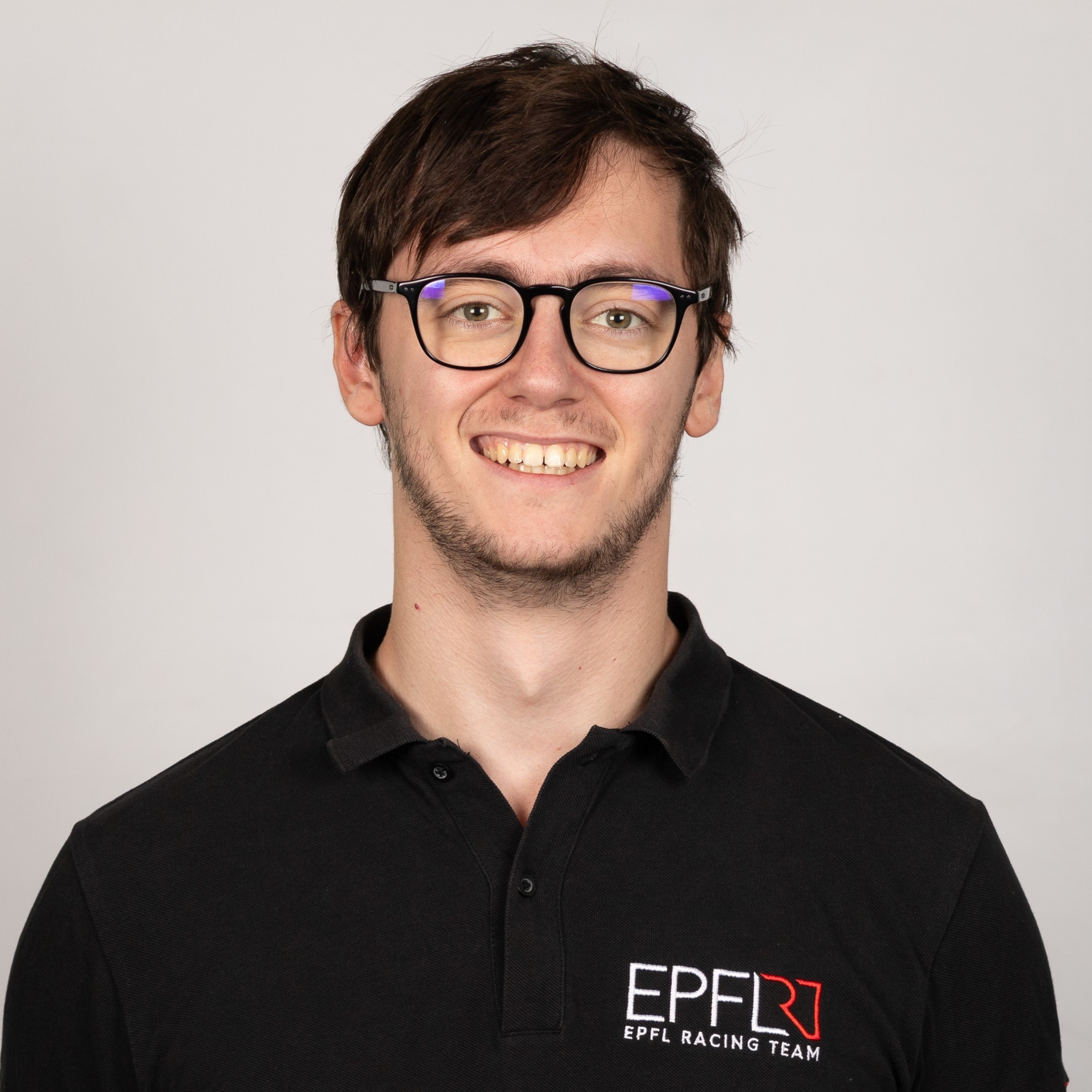Racing Team
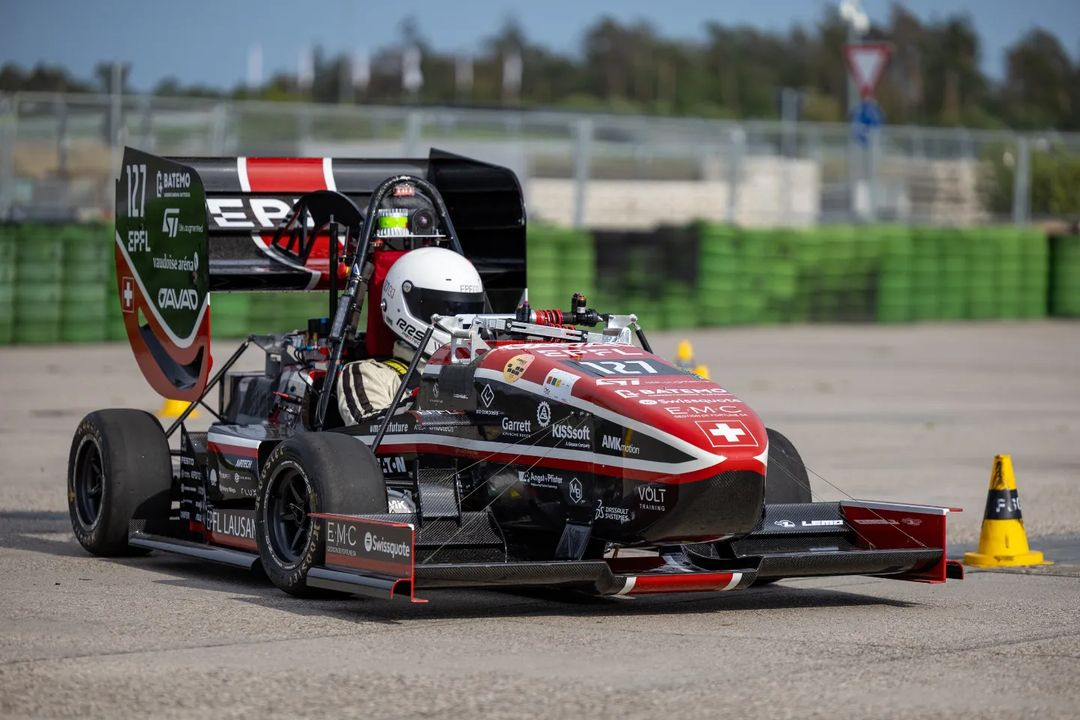
As a Design Engineer with the EPFL Racing Team, I specialized in crafting innovative components crucial to our Formula Student racing endeavors. Collaborating within the largest team I've worked with, consisting of 90 individuals focused on a singular goal, I transformed conceptual designs into high-performance solutions, optimizing our vehicle for competitive success. From initial sketches to final production, I honed my skills in precision engineering and teamwork, ensuring our car remained at the forefront of technological advancement. My tenure with the EPFL Racing Team has fortified my commitment to excellence and equipped me with the expertise to tackle future engineering challenges with confidence and proficiency.
I am proudly part of the Power electronics team, but as a mechanical engineer, which means that most of the mechanical task that the team has to face is my responsibility. My first and main job was to design, simulate, build and test the cooling block of the VSI, the controler for the 4 motors of the car. With this I learned new techniques of CFD (computational fluid dynamics), with heat transfer and fluid dynamics coupled. I also learned how to program a mill to machine the part, to work with many team members from every other team, and to manage my time and my tasks. On top of the cooling block, the team made me work in close relationship with Pedro leal Chede, to make a test bench for the motor and VSI cooling. I also had to design many other small mechanical parts that the power electronics team needed.
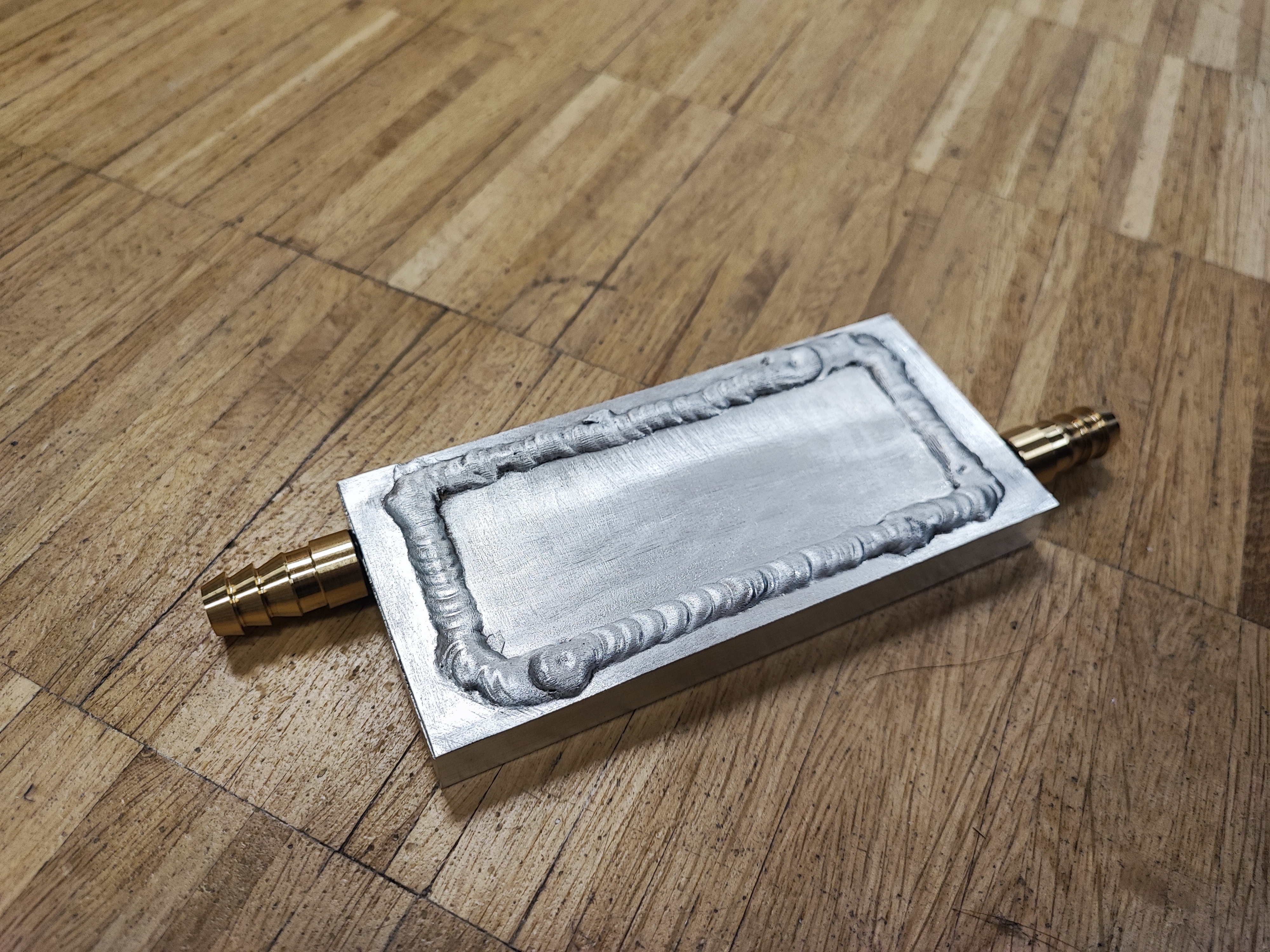
Finished part
The finished result of months of work, the VSI cooling block
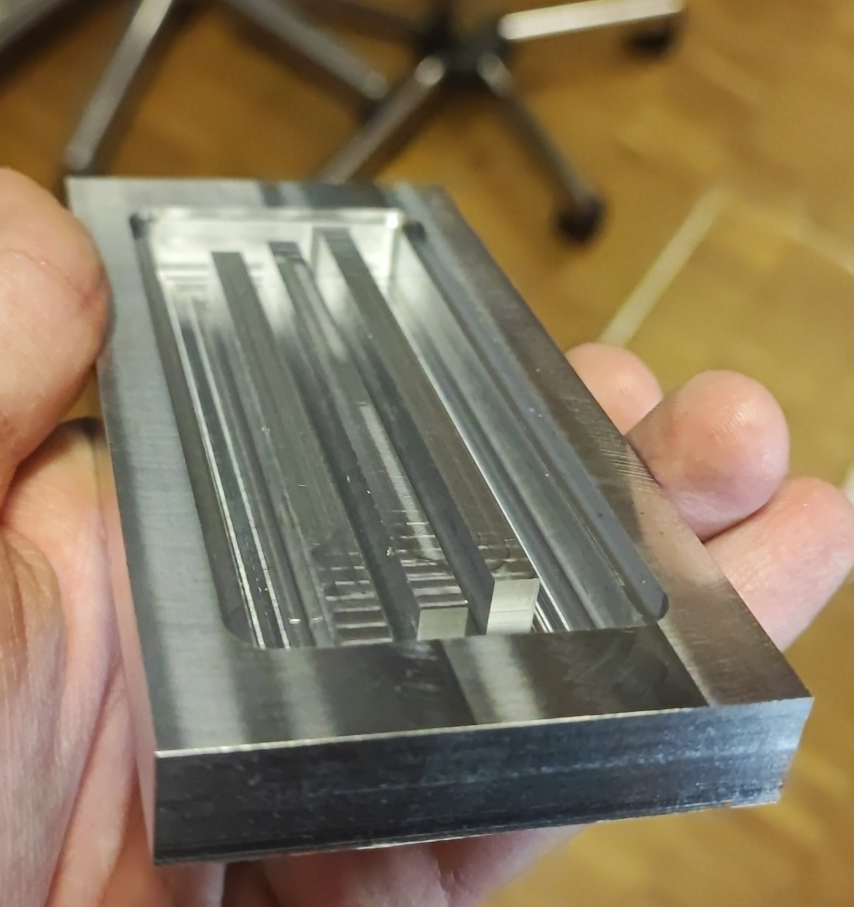
Post milling part
The result after I finished milling, just before I weld the top plate on

Channel making
Milling the channels inside the part

Leaks testing
Leak testing the part to ensure perfect safety inside the car
Transient test
The video of a transient test of the cooling block, flowing cold water in it, when it's hot going from 60 to 20 degrees celcius in 2 seconds

Heat simulation
Final result of the heat simulation on the top surface of the part
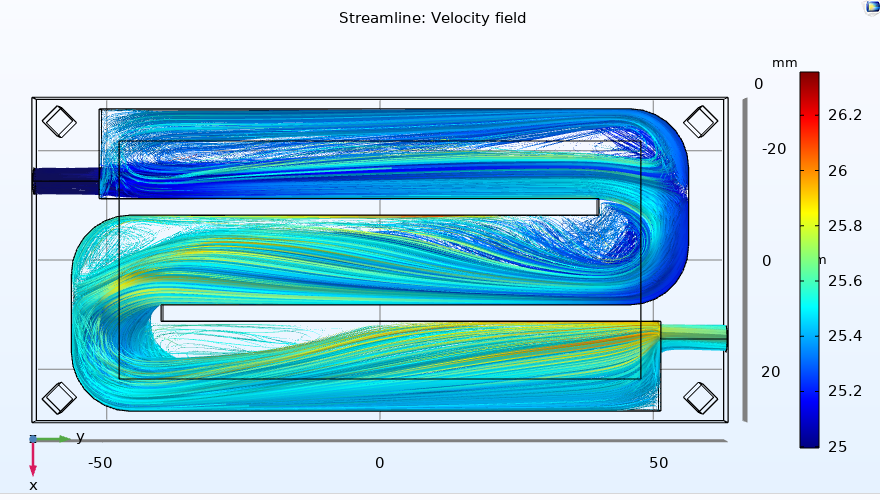
Fluid simulation
Final result of the fluid simulation inside the channels of the part
